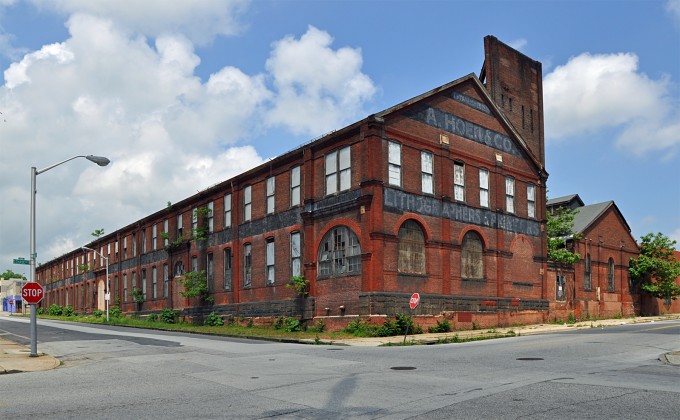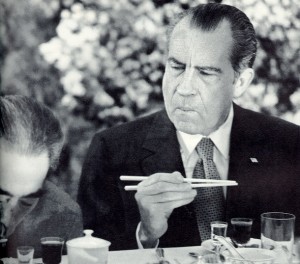Together with the Baltimore City Historical Society, we are excited to present two upcoming programs on Baltimore’s LGBT history with a talk by historian John Wood on Thursday, June 20 and a walking tour of Charles Village with Richard Oloizia, Louis Hughes and many more special guests on Saturday, June 22.
The Baltimore Gay Community: The Early Years
Thursday, June 20, 2013, Reception at 7:00 PM, lecture at 7:30 PM
2521 St. Paul Street, Baltimore, MD 21218

The Baltimore City Historical Society & Village Learning Place are hosting the final spring Baltimore History Evening with a presentation by John Wood, a local historian and teacher at the McDonogh School on the early history of Baltimore’s gay community. Wood will share how members of the city’s LGBT community organized and fought for civil rights from 1975 up through the passage of the city’s landmark gay and lesbian civil-rights bill in 1988. The period was shaped by the growth of pride in gay and lesbian identity, tensions between gay men and lesbians, the impact of AIDS, and the professionalization of the equal rights campaign during the 1980s. The program will include special guest Jody Landers, a City Council member at the time the bill passed, talking about the impact that negative opposition testimony during the bill’s hearing had upon his vote.
Charles Village Pride! LGBT Heritage Walking Tour
Saturday, June 22, 2013, 10:00 AM through 12:00 PM
Meet at Normal’s Books & Records, 425 East 31st Street, Baltimore, MD 21218
Sign up online today! Tickets are $10 for Baltimore Heritage members, $15 for non-members

Although Charles Village is better known for its colorful “painted ladies,” the neighborhood was home to many of the activists and institutions at the heart of the city’s LGBT community in the 1970s and 1980s. Historian Richard Oloizia and activists Shirley Parry and Louis Hughes will take us on a walk past local landmarks from the original home of the Gay Community Center of Baltimore, now the GLCCB, to the St. Paul Street church that supported the growth of the Metropolitan Community Church, Baltimore’s oldest LGBT religious organization, and the radical feminist publishers, writers and activists that gave a voice to lesbian authors who might not otherwise have been read. Whether you lived this history or are learning it for the first time, this tour is a unique opportunity to explore the places that shaped the growth of Baltimore’s LGBT community and civil rights movement.



